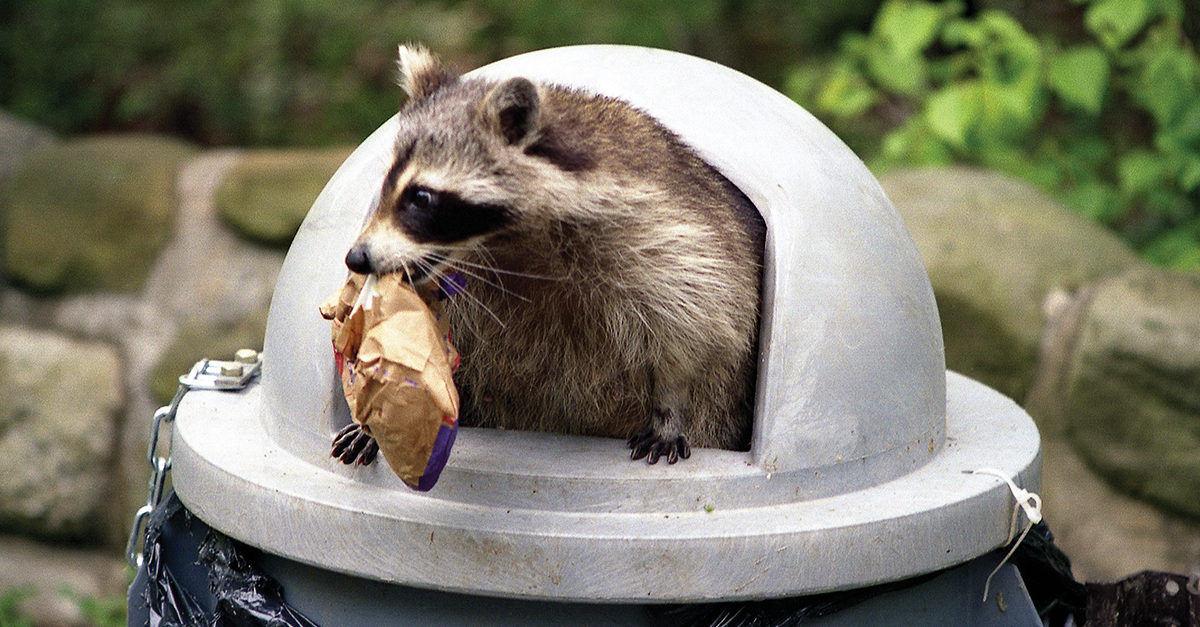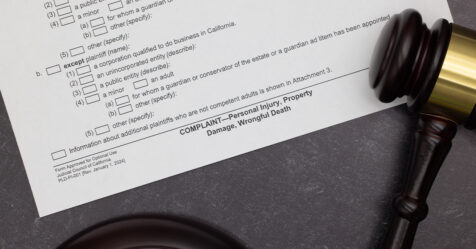Having a pest problem stinks.
And pests are often attracted to smells around your facility. Scents can draw a pest’s attention, so the more smells they detect, the more likely they are to try and find a way in.
Any foul odors from rotting garbage to unpleasant odors in your restrooms can be a pest attractant. However, it’s important to remember that even odors we don’t consider offensive—because we either don’t notice them or think they are appealing—are equally as attractive to pests as they search for food sources and breeding environments. That’s why odor prevention and elimination are an essential part of a proactive pest management program.
Once they find their way inside, pests and the diseases they can transmit can endanger the safety of your tenants, as well as your reputation. What’s worse—while pests may find unpleasant smells appealing, people certainly do not. This means foul odors also are a threat to your tenant satisfaction.
In commercial property management settings, there are a number of sources from which odors can originate. Thankfully, there are also several tactics you can use around your facility to make sure odors don’t become a problem.
Defend the Dumpster and Trash Chutes
Controlling dumpster and trash chute odors is difficult because they often comprise many different types of waste that have built up over long periods of time. The accumulating waste produces bacteria, which in turn, produces odors that can change over time and even leak out of dumpsters and trash chutes as trash ferments.
The key to successful odor elimination is stringent sanitation. The more often and thoroughly you clean your dumpsters, the less organic debris will be left to decompose and produce bad smells.
Here are some practices that can help combat the dumpster and trash chute threat:
- Work with a waste management company to regularly remove all trash from the property.
- Don’t allow trash to sit unattended next to the building, around the dumpster, or trash chute openings; trash should always be contained in either dumpsters or outdoor waste bins.
- Position dumpsters as far away from the building as possible; rotate them out with clean ones on a set schedule.
- Regularly sanitize trash chutes and the interior, exterior, and bottom of dumpsters with an organic cleaner to eliminate grease and grime, as decaying matter can leak onto the ground.
Revitalize the Restrooms
Poorly maintained restrooms can do more than disgust tenants; they also can attract pests. Use these tips to eliminate the conditions that are conducive to pests:
- Flush toilets and thoroughly clean the surrounding area.
- Consider installing automatic cleaners and automatic flushers to help reinforce daily maintenance.
- Consider using an organic, professional cleaning solution to break down tough stains and grime on floors and around drains.
- Monitor the amount of moisture in and around drains, as dry drains may emit sewer odors.
Brace the Break Room
Break rooms provide a communal place for people to eat and relax, as well as an abundance of food, water, and shelter for pests to thrive. Both pleasant-smelling meals and foul trash odors can attract pests. Adding a few steps to your maintenance routine can help reduce the likelihood of pests catching a whiff of their next meal:
- Keep trash cans properly lined and tightly sealed.
- Wash down trash cans routinely to remove any residual stains or grime.
- Make sure that trash cans are emptied when they are full and at least once a day.
- Clean up food and drink spills immediately.
- Do not leave dirty dishes in the sink overnight.
Turn Bad Scents into Good Ones
Although masking is a simple and effective way to hide stench, it only works temporarily. Stringent sanitation practices can help eliminate and prevent foul odors by removing their source. Here are a few options:
- Odor neutralizers: These all-natural, nontoxic products can alter odor-producing molecules. Odor neutralizers eliminate odors right at the source rather than masking them temporarily. You can use these in both indoor and outdoor dumpsters and even in trash chutes within your walls.
- Restroom units: Many wall-mounted air freshener units automatically dispense odor-neutralizing fragrances that break down large, malodorous molecules into smaller, odor-neutral molecules. As a result, they provide efficient odor control in another odor (and pest) hot spot.
- Air fresheners: While masking agents such as air fresheners are not effective for long-term odor control, they can help to minimize unpleasant odors in the short term. Plug-in air fresheners with refillable cartridges can complement your ongoing sanitation and odor control efforts.
Remember, odor prevention is a team effort, so make sure your staff understands its role in your maintenance and sanitation program. Be sure to encourage them to practice good sanitation in their daily routine. Also, work with your pest management professional to identify the problem areas at your property, and develop a plan to ensure your program passes the smell test with flying colors.
Ron Harrison, entomologist, Ph.D., is director of technical services for Orkin. He is an acknowledged leader in the field of pest management with more than 30 years of experience. Contact Dr. Harrison at [email protected]or for more information, visit www.orkincommercial.com.




